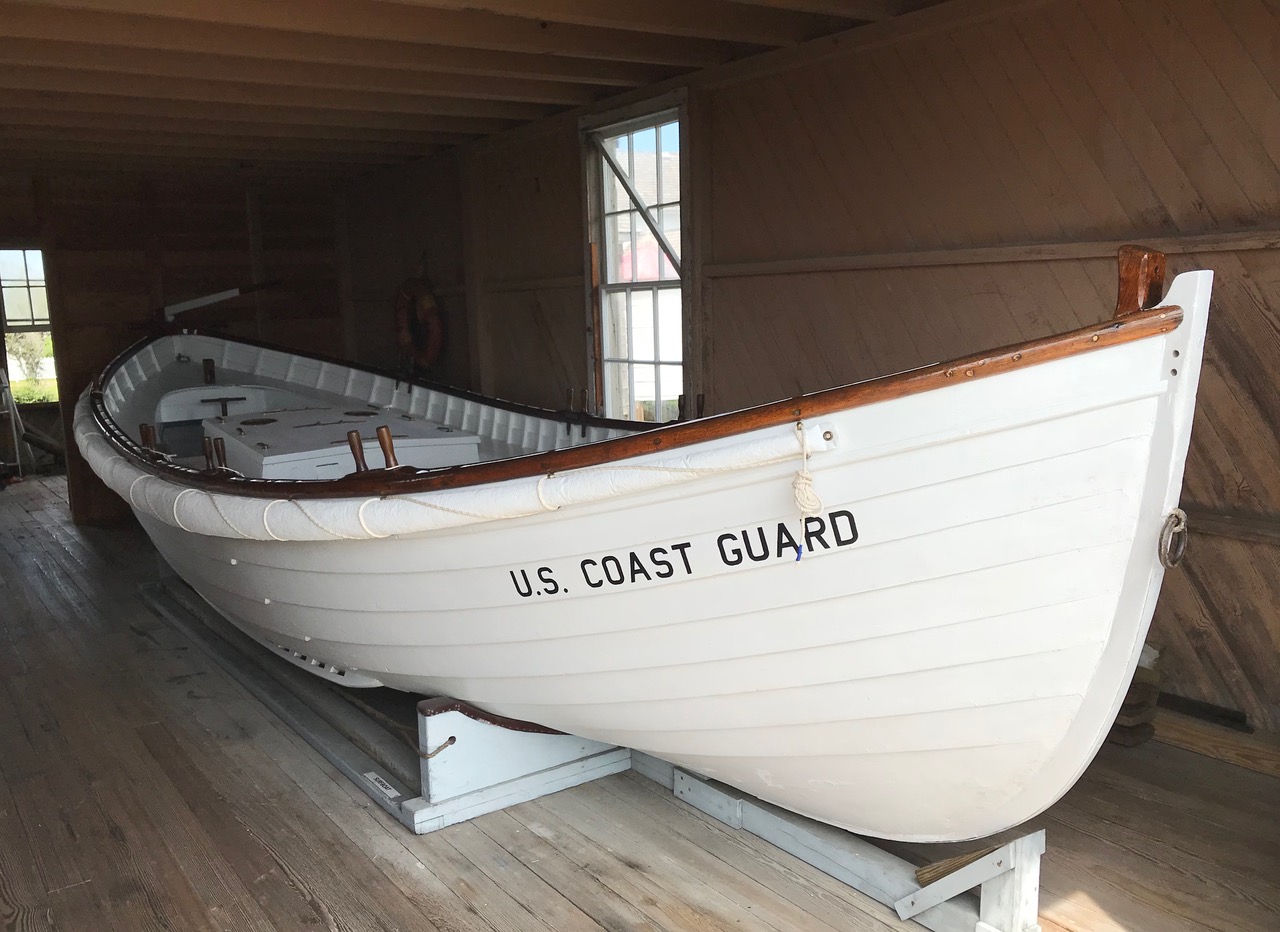Juvenile Bull Shark Population Growing In Western Regions Of Pamlico Sound
The juvenile bull shark population is on the rise in the western regions of the Pamlico Sound, per a recent study that utilized combined data and studies from the N.C. Division of Marine Fisheries, East Carolina University and Simon Fraser University.
Fully grown bull sharks have a wide migratory range along the coastline, but tend to stick to specific nursey habitats – most commonly along the barrier islands near Cape Canaveral and other regions of Florida.
But the new study finds that the nursery range has expanded north in the past few years, all the way to the western areas of the Pamlico Sound, likely due to an increase in early summer temperatures and late summer salinities.
It’s a recent phenomenon that has developed over the past seven years, but which currently has minimal impact on Hatteras and Ocracoke islanders. Capture locations from 2003 to 2016 show that the juvenile bull sharks are congregating in western regions of the sound close to the mainland, like Long Shoal River and Rose Bay, which do not have a large beach-going population.
However, the nursery habitat shift raises concerns about both the local ecosystem and the potential for more interactions with humans down the road.
“Previous assessments have shown little to no use of estuarine North Carolina waters as nursery habitat by bull sharks from 1965–2011,” stated the abstract for the study that was recently published in Nature.com. “Juvenile sharks were rarely captured in a fishery-independent gillnet survey conducted by the North Carolina Division of Marine Fisheries (NCDMF) from 2003–2011, but were present every year from 2011–2016.”
Per the study, only six juvenile bull sharks were caught in the Pamlico Sound from 2003 until 2011, but from 2011 to 2016, that number rose dramatically to 53.
“Juvenile bull shark presence in the sound was strongly related to early summer temperatures and late summer salinities, which have increased in the estuary over the 13 survey years, and further evidence for increasing water temperatures in Pamlico Sound was found in a 45-year data set for the NCDMF estuarine trawl survey,” said the study’s abstract. “These results suggest that increasing water temperature and salinity have allowed bull sharks to expand their nursery habitat. This shift will have unknown, but potentially strong, impacts on both the local ecosystem and interactions with humans.”
Bull sharks congregate in water temperatures of 68 degrees or a little warmer, and the juveniles tend to stay “close to home” and remain in the area where they were born for roughly four years. Bull sharks can grow to 10 feet long or more, and once they are adults, will leave the nursery habitat to roam the waters of the Atlantic and Gulf coasts.
Bull shark nursery habitats tend to be located in areas with limited access to the ocean and highly variable salinity, often associated with barrier islands and narrow inlets, according to the study.
The Pamlico Sound shares many of these features with known bull shark nurseries, suggesting that the historical rarity of juvenile bull shark in this system may be due to other factor, such as temperature preferences or natal philopatry to other estuaries.
The study also stated that this trend has been observed in hundreds of marine species.
For example, Cape Hatteras is positioned at a transition zone between temperate and subtropical marine ecosystems, where a local increase in species typically associated with more tropical waters has been observed in recent years.
To read the complete study, see https://www.nature.com/articles/s41598-018-24510-z.















